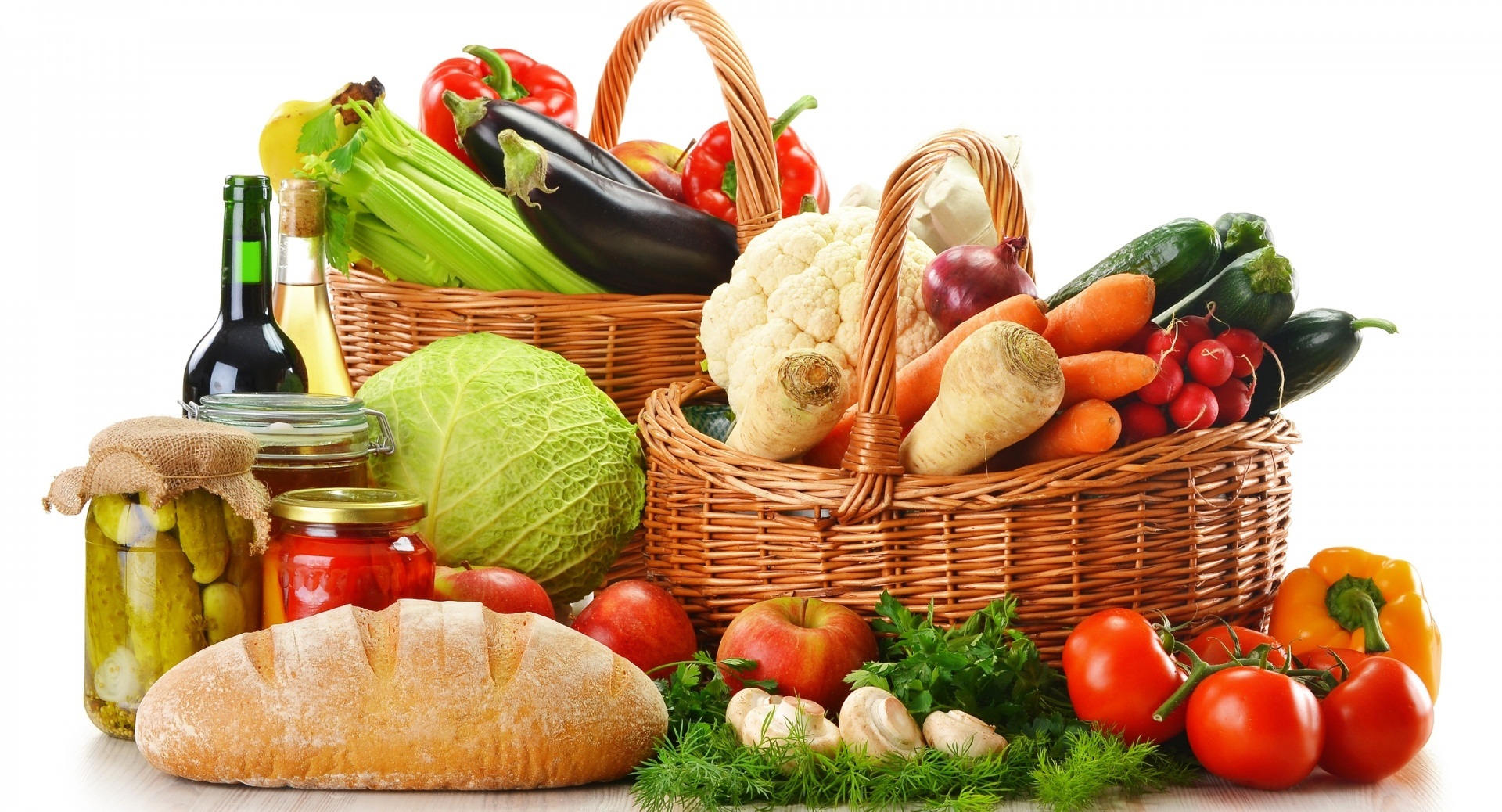About inFood
Background
My Name is Colin Hammond, I am an IT professional, I am the creator and author of this site. I wanted to learn a bit more about the food that I eat and teach my children about a healthy diet. Most of what we might need or want to know is published, but the information is presented in a way that makes it hard for the consumer to make good, balanced, informed decisions.
So I thought I would dig a bit deeper and see what could be done. Eventually inFood was born.
Using only published data that is provided by supermarkets, food manufacturers and government agencies, this tool seeks to help consumers answer those questions that should be straight forward about what food is good to eat and in what quantities:
I would encourage you to spend some time exploring and playing with the data, you will learn more about what you buy and eat, perhaps you will change your buying/eating habits.
I hope that you find inFood helpful too, it is completely FREE to use.
Nb All of the food data in inFood relies on sources to be accurate with their published data, I accept no responsibility whatsoever for the accuracy of the data on inFood.
So far I am pleased with the result, and it has taught me a bit more about what I eat. If you like what you see here, and are able to help, please contact me with your suggestions.
Funding and Advertising
inFood is intended as a not for profit endeavour. Any advertising that appears on the site is via banners only and is simply to cover hosting and maintenance costs. The advertising does NOT influence any choices regarding what is published on the site, and any editorial content is not influenced by the funding or advertising. Ads are determined by banner publishers, such as Google. We do not control the Google ads content.

over 50,000 Products
About the Data
The food and nutrition data has all been acquired from publically available and published sources, most typically from the back of pack information on food labels.
via supermarket websites, and from government agency published data.inFood uses various technques and algorithms to normalize and validate the data, but there are still going to be some mistakes. If you spot an error, please let us know, there are feedback links throughout the site.
FAQs
- Not all products have pictures. Some sources, government agencies in particular, do not provide photos.
- The food data is a little stale (pun intended). The reality is that most ingredients do not change often. We are working on more frequent updates of the data.
- I can't see all the products available in the stores. We are working on accelerating data capture.
How do we compare?
SelfNutritionData
Not so much a database but a website that publishes data about food. (Opinion: somewhat confusing graphics and limited to USDA data only.)
Nutritionix
A substantial food database designed for providing data to apps that neede access to such data. Not for consumer use.
Nutracheck
An app and web site that is designed to help you lose weight by monitoring your calorie intake. £ 1.93 GBP per week.
Fatsecret
A free Community driven web site that is designed to help you lose weight by monitoring your calorie intake.
MyFitnessPal
A free app and web site that is designed to help you lose weight by monitoring your calorie intake, and your exercise regime.
WeightWatchers
£ 2.30 GBP per week.
Slimming World
£ 4.65 GBP per week.
Rosemary Conley
£ 2.92 GBP per week.